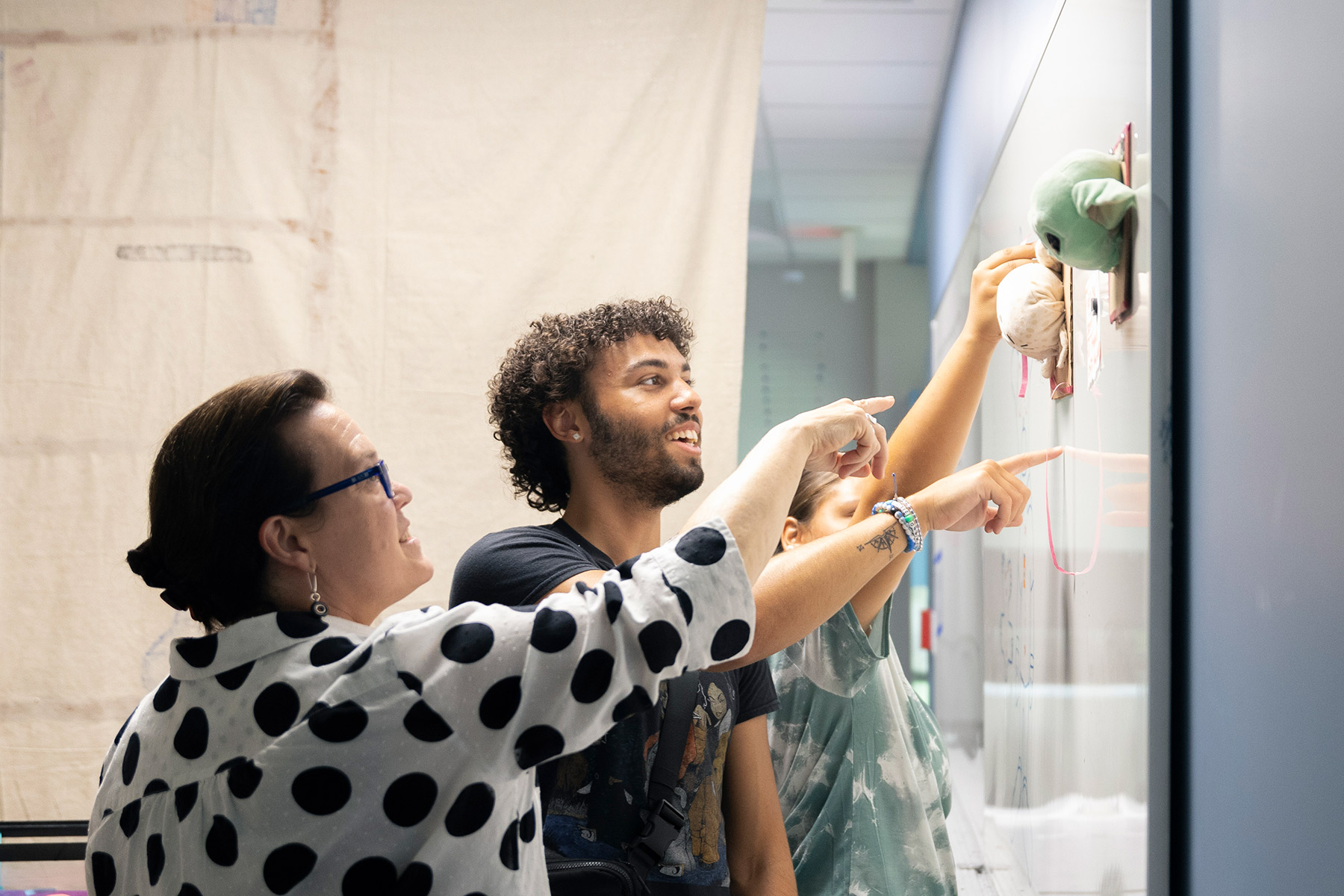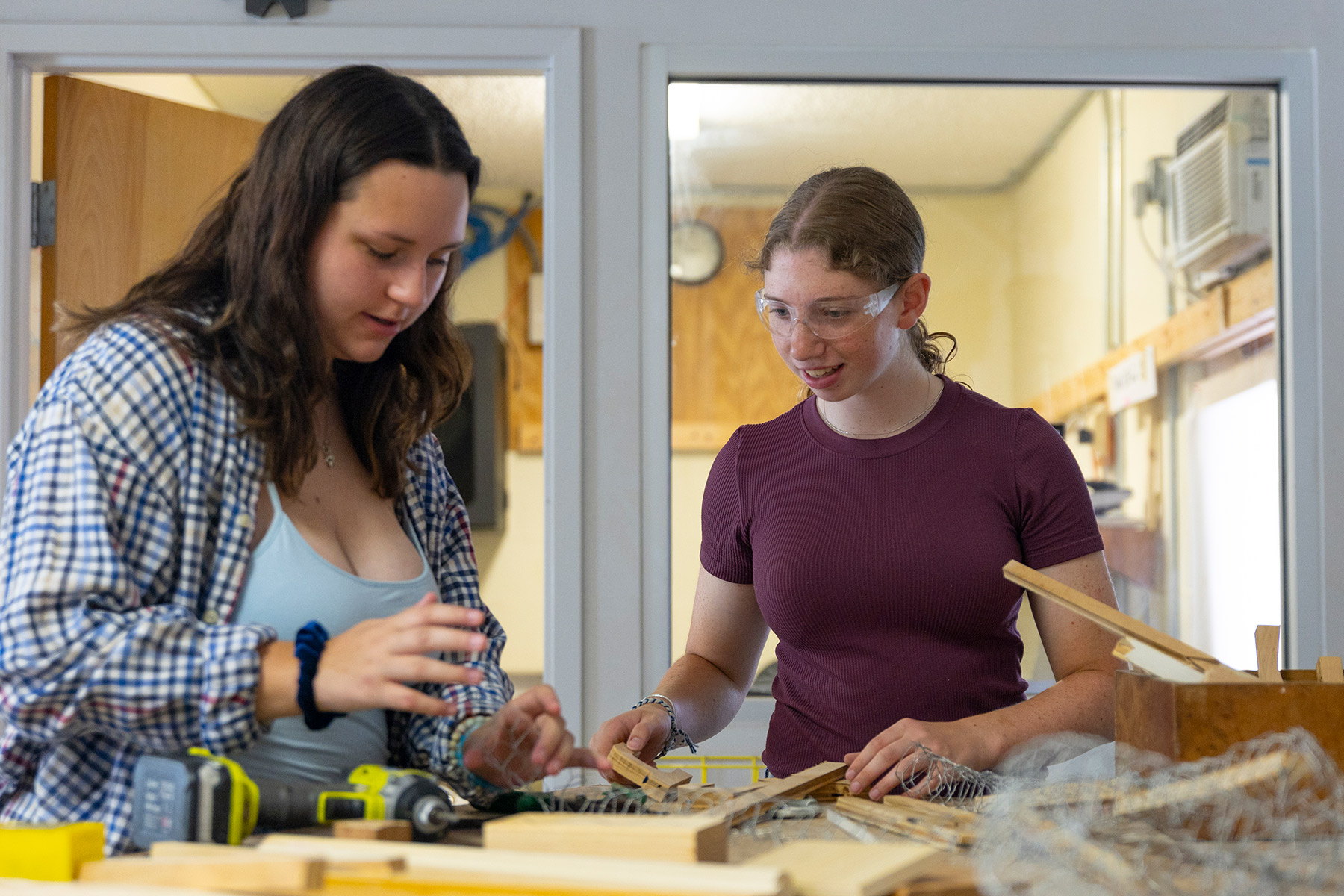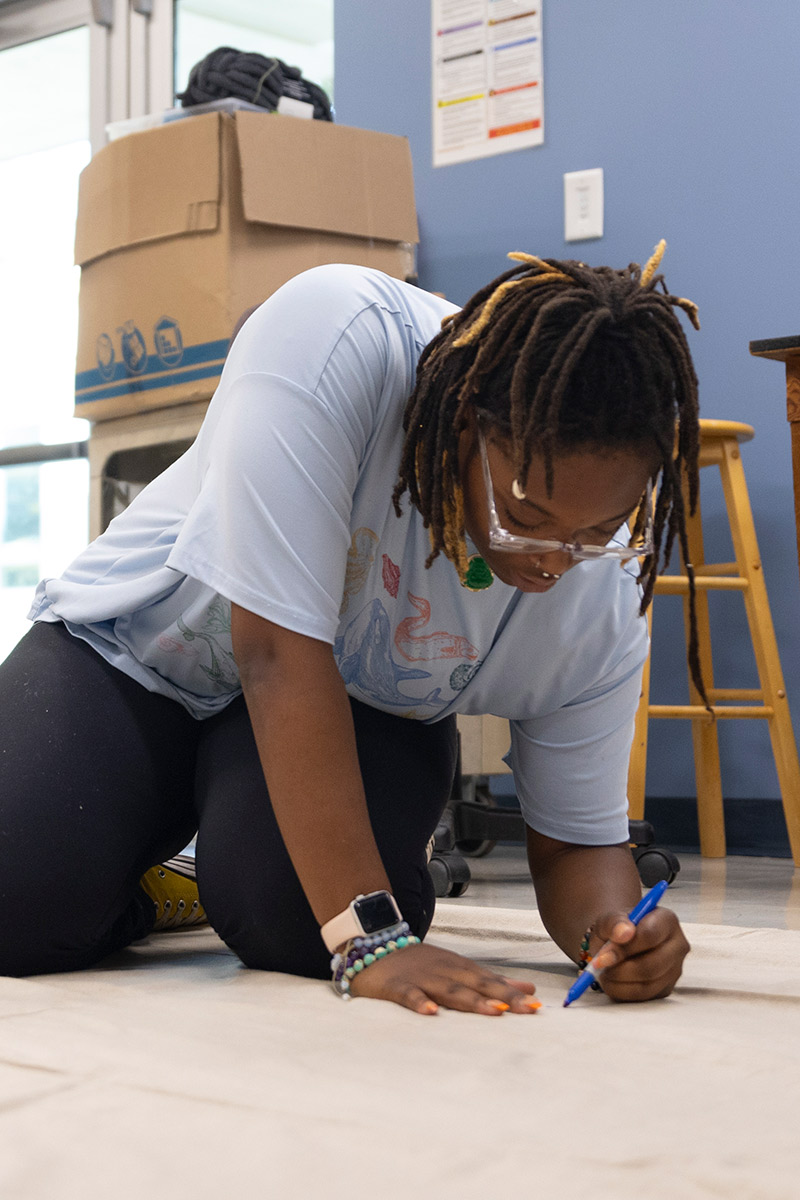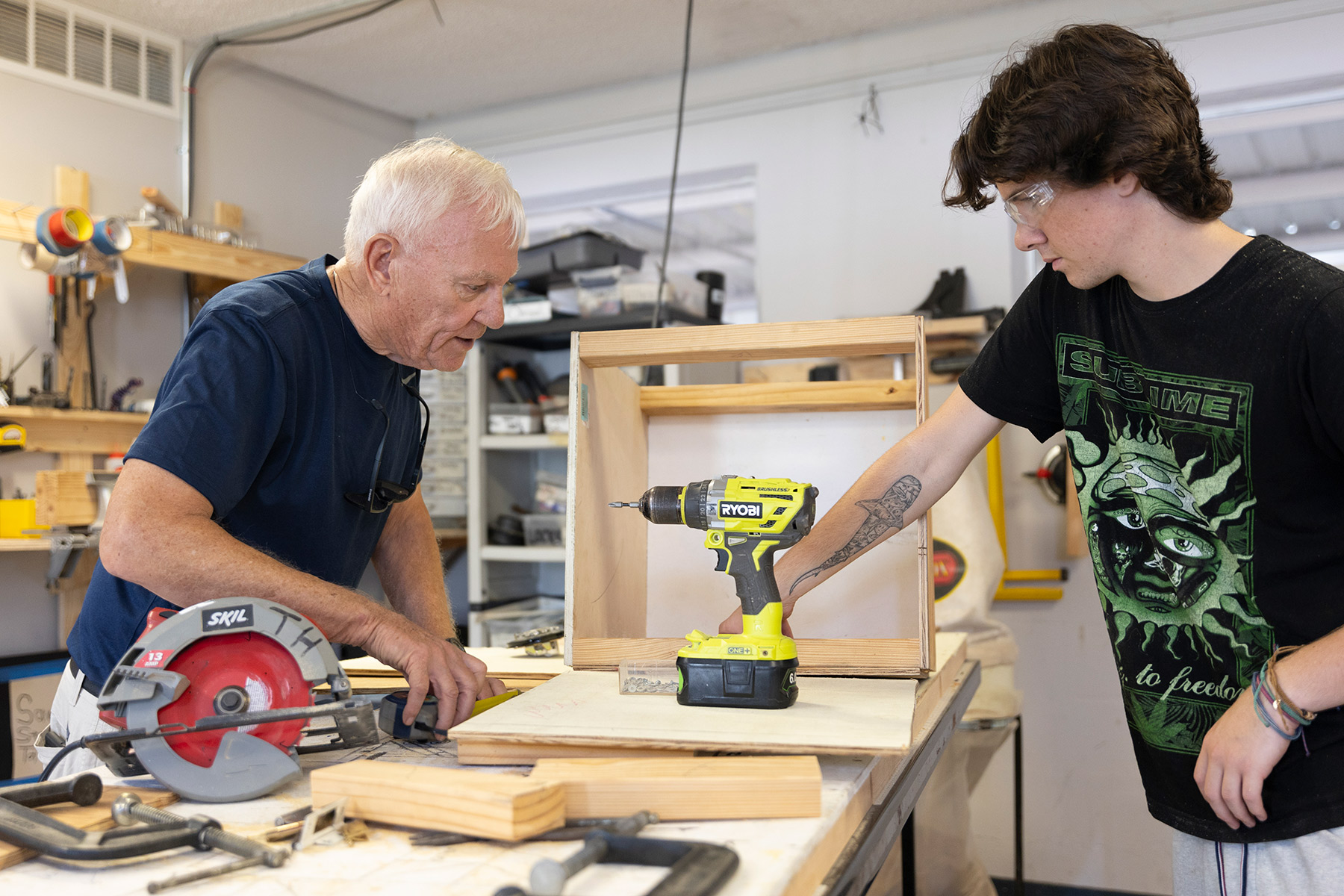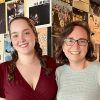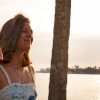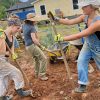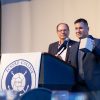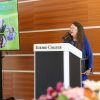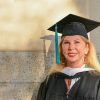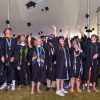It started with a stolen first-edition book.
After spending two weeks planning, designing and building the props and sets, 18 Eckerd College students recently transformed four rooms in the College’s Mathematics, Physics and Computer Science building into a space where people could play detective and look for clues to solve a crime. Specifically: Who stole a valuable book from a museum, how did they do it, what was their motive, and where is the book now?
The event, which ran through Aug. 29, was called Day at the (Eckerd) Museum, and it was the culmination of an Eckerd College Autumn Term course titled Building an Escape Room. Led by Physics Professor Anne Cox, Ph.D., the students built props that ranged from a dinosaur skeleton to a trick safe. The four rooms to be escaped were The Basement, The Science Lab, The Taxidermy Room and The Gallery.
Inspired by popular video and interactive games, the object of an escape-room game is for a team of players to discover clues, solve puzzles and accomplish tasks in one or more rooms so they can reach a specific goal in a given amount of time—usually 45 to 60 minutes. The ultimate goal is to escape from the site of the game, which is often set in a fictional location, such as a dungeon.
Instead of traveling to one of several escape-room locations in St. Petersburg, the Eckerd students built their own in the MPC building after constructing components in the EC MakerSpace—a club workshop on Eckerd’s campus devoted to building, engineering and creating.
“The hope,” Cox says, “is that the students consider what they need to think about; communicate with each other; and also learn about the history of the Navajo Code Talkers, the Code Girls of World War II, and even a bit about quantum cryptography. And that they provide people just enough information to solve the mystery and make it interesting, but not too little information so that they get frustrated and give up. To me, that’s the crux of education.”
Cox and her family have visited escape rooms and enjoyed the bonding experience they provide. But she had never taught a course on how to build one. So she recruited help. On a recent morning at the MakerSpace, Eckerd College Physics Shop Supervisor Paul Fratiello along with Academy of Senior Professionals at Eckerd College members Dave Duane and Tom Handcock moved from one workstation to the next assisting students using power tools. “When the students see that they can use power saws and drills and other tools,” Duane says, “it’s a confidence builder.”
Cox says Duane and Handcock have been enthusiastic partners. “This wouldn’t have been possible without their support,” she adds.
Unique to Eckerd College, Autumn Term is a three-week extended orientation that allows first-year students to acclimate to campus life before the fall semester begins and upperclass students arrive. First-years take one course for credit during Autumn Term, and the professor for each course serves as the mentor for the students in that class throughout their initial year.
On a recent morning at the MakerSpace, three first-year students were hard at work preparing to debut Day at the (Eckerd) Museum on Aug. 27. Maya Cohen, from Long Island, New York, was building the framework of a paper-mache dinosaur that will contain coordinates leading to how to find the stolen book.
“We’re learning about codes and ciphers but also teamwork skills, how you have to adjust your plans, and how to do things when you only have a limited amount of time. It’s really fun.”
In another area, Nathan Hilton, from Bend, Oregon, and Scott LaFleur, from Cape Cod, Massachusetts, were painting a tarp to look like a brick wall and finishing a wooden safe that can open only from a fake hinge on the side. “The brick wall is to make you feel like you’re in a basement,” explained Nathan. “And inside the safe is a note that explains how the criminal who stole the book got into the museum.”
Nathan stopped briefly to check his work. “This course really helps you with your critical thinking skills,” he added. “And it helps you look at puzzles from a different perspective—as the person making it rather than the one solving it. It completely turns things around. And that’s good, because sometimes life can be a puzzle.”





